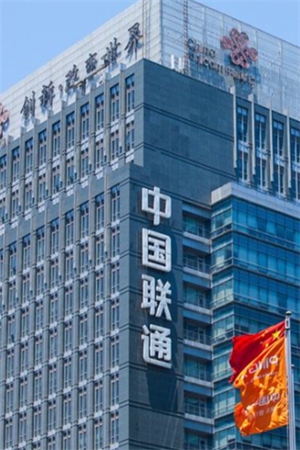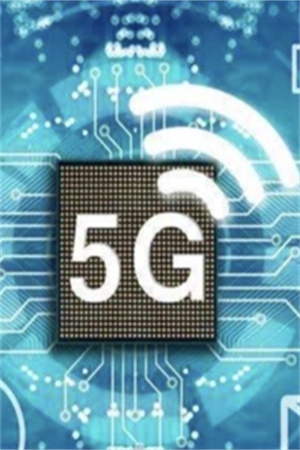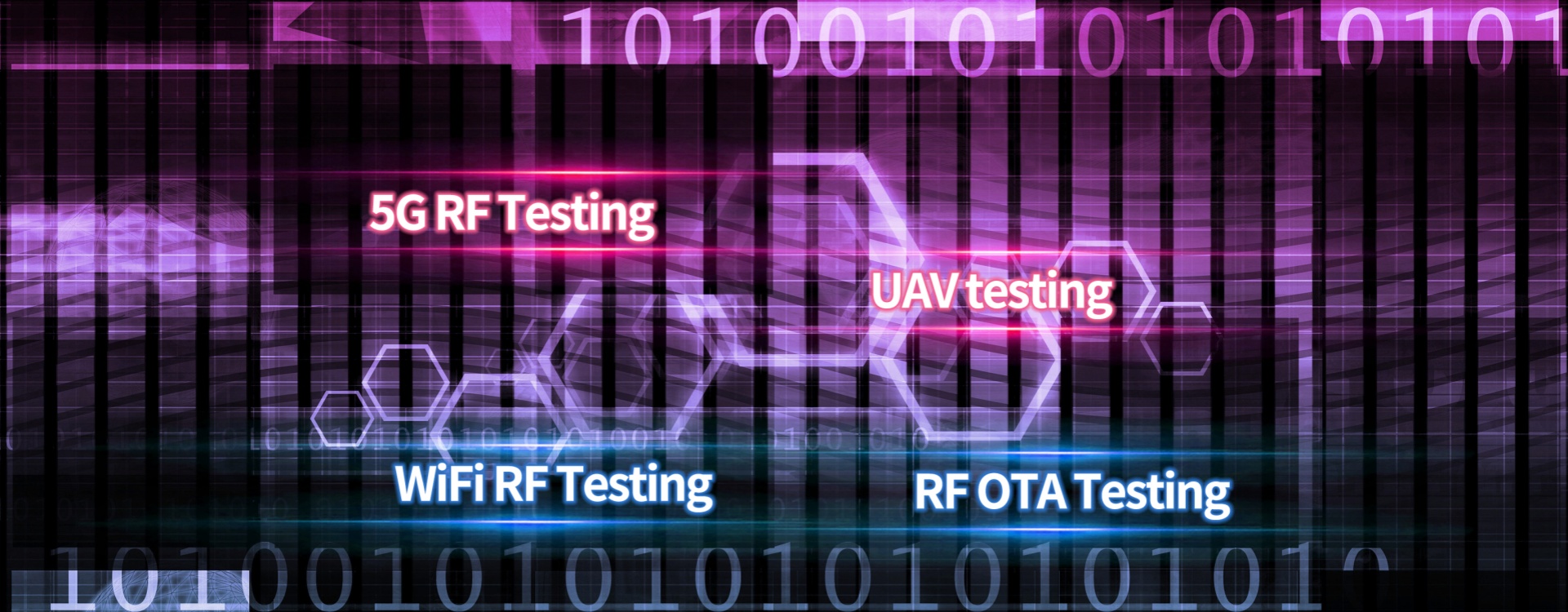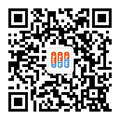5G mobile phone security and SAR testing

1. Millimeter waves are important for 5G
Why is millimeter wave important for 5G. As is well known, the frequency range of 5G is divided into two types. One is below 6GHz, which is the current level of 4G, and the other is above 24GHz, which is commonly known as millimeter wave. Currently, 28GHz is mainly used for testing internationally.
2. Is millimeter wave safe
The millimeter wave technology used in the 5G era, unlike previous ultra short waves, is located in the wavelength range where microwave and far-infrared waves overlap, thus possessing the characteristics of both spectra. Microwave radiation affects health. As we all know, when the microwave exceeds 50uW/cm2, it can have adverse effects on the human body. The specific impact is mainly on the central nervous system, which may lead to headaches, dizziness, sleep problems, memory loss, and so on. It looks scary, right? But in fact, CCTV has long refuted rumors that the electromagnetic radiation value leaked from microwave ovens is very small, with extremely low penetration, and does not pose a health risk, nor does it cause cancer.
According to the formula of wavelength=speed of light * (1/frequency) in high school physics textbooks and the characteristics of electromagnetic waves, it can be concluded that higher frequency=greater bandwidth=faster speed. The 4G LTE cellular system based on the sub 6GHz frequency band can use a maximum bandwidth of 100MHz with a data rate of no more than 1Gbps, while in the millimeter wave frequency band, the maximum bandwidth can be used is 400MHz with a data rate of up to 10Gbps or even more.
3.Is a 5G phone really safe?

Deep Light Standard has a strong team of technical experts and research teams, constantly keeping abreast of the latest developments and technical requirements in domestic and international certification, and can design optimal certification solutions for your products. The above is an introduction to 5G technology and SAR testing in the Deep Light standard. If you have any needs in this regard, please feel free to contact us for consultation!

For 5G mobile phones, due to the higher frequency band, their transmission power will further decrease from the existing maximum transmission power of 2W, which is less than a few hundred times the working power of the microwave oven 600-900W. In addition, the principle that a high frequency of radio waves results in a large attenuation coefficient actually reduces the power of 28GHz spectrum devices to tens of dB two meters away. So, based on the current evidence, 5G phones are safe.
4. The official attitude of the FCC in the United States towards wireless waves
The FCC in the United States described on its official website that "there is currently no scientific evidence to prove that the use of wireless phones can lead to cancer or various other health effects, including headaches, dizziness, or memory loss. Meanwhile, at the third International IEEE Conference on Microwave, Communication, Antennas, and Electronic Systems last year, researchers from Ariel University in Israel announced the discovery that being able to irradiate cancer cells with millimeter waves will prevent their regeneration without damaging the cells themselves. This discovery provides a new pathway for cancer radiotherapy.
5. 5G and SAR testing related
The electromagnetic radiation issue of wireless products such as mobile phones has always been a closely watched issue for the public. What is the measure of the magnitude of this radiation? There is a term called SAR here, which is called Specific Absorption Rate in English and commonly referred to as electromagnetic wave absorption ratio or specific absorption rate in Chinese. It is the electromagnetic wave energy absorption ratio of mobile phones or wireless products, and the meaning of SAR is the electromagnetic power absorbed or consumed per unit mass of human tissue, in W/kg.
Excessive electromagnetic radiation from wireless communication terminals can have a certain impact on human health. Long term exposure to electromagnetic radiation can cause physical fatigue, eye fatigue, shoulder pain, headache, drowsiness, and restlessness. Government departments and telecommunications regulatory agencies in various countries have issued corresponding regulations on electromagnetic radiation. For example, the national standard YD-T 1644.1-2007 and the European standard EN 62209-1.
Deep Light Standard has a strong team of technical experts and research teams, constantly keeping abreast of the latest developments and technical requirements in domestic and international certification, and can design optimal certification solutions for your products. The above is an introduction to 5G technology and SAR testing in the Deep Light standard. If you have any needs in this regard, please feel free to contact us for consultation!
Recommended items
-

China United Network Communications Group Co., Ltd. (China Unicom) terminal equipment into stock - introduction of 5G terminal requirements
China United Network Communications Group Co., Ltd. (China Unicom) terminal equipment into stock - introduction of 5G terminal requirementsView more -

The latest 5G bands recommended by North American mobile operator alliance PTCRB
The division and combination of 5G mobile communication technology is much more complex than 4G. The common large frequency bands are FR1 and FR2, FR1 and FR2 are SA and NSA, NSA is combined with 4G, and the working mode is TDD and FDD, so the confirmation of frequency bands and system is particularly important....View more -

The 5G Sub-6GHz/5G millimeter wave SAR test and 5G CE/FCC SAR test standard
The 5G Sub-6GHz/5G millimeter wave SAR test and 5G CE/FCC SAR test standardView more -

Is the cost of 5G testing too expensive for Deep Light Standard Technology? Five methods to reduce 5G testing costs
It is estimated that billions of 5G devices will be launched in the next few years, and 5G device manufacturers need to deliver high-quality products while overcoming cost constraints. Mobile device OEMs and contract manufacturers responsible for developing mass-produced 5G products have found that the economic environment for production testing is rapidly changing. 5G has added frequency...View more




